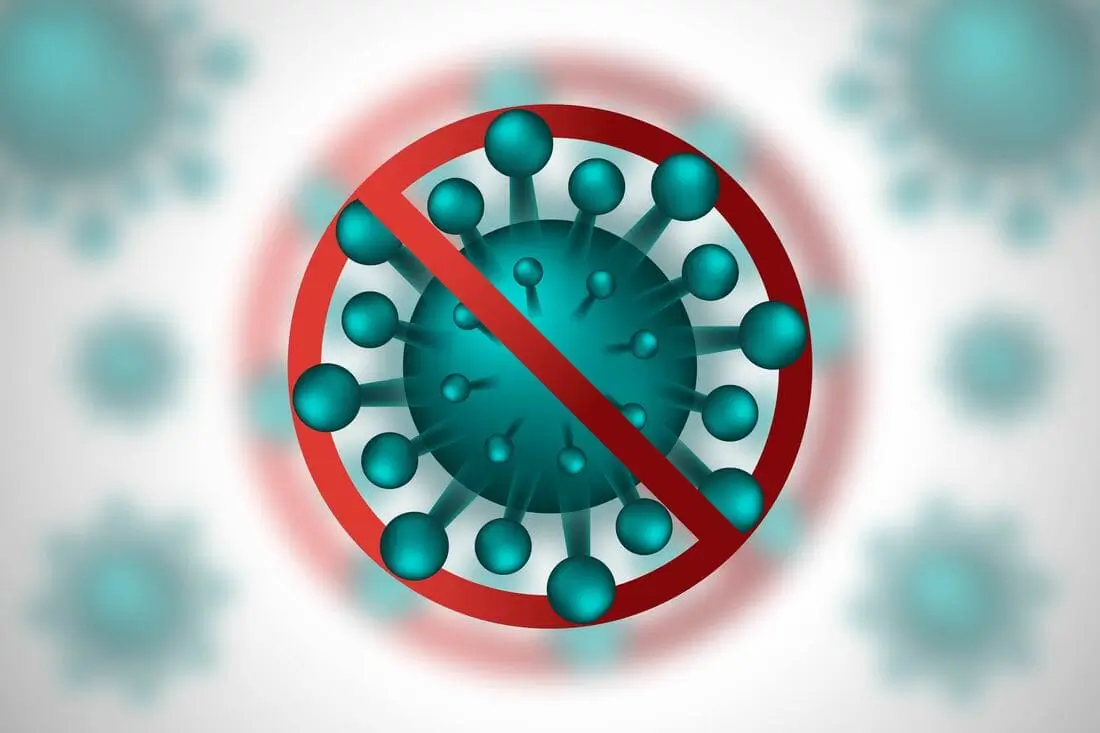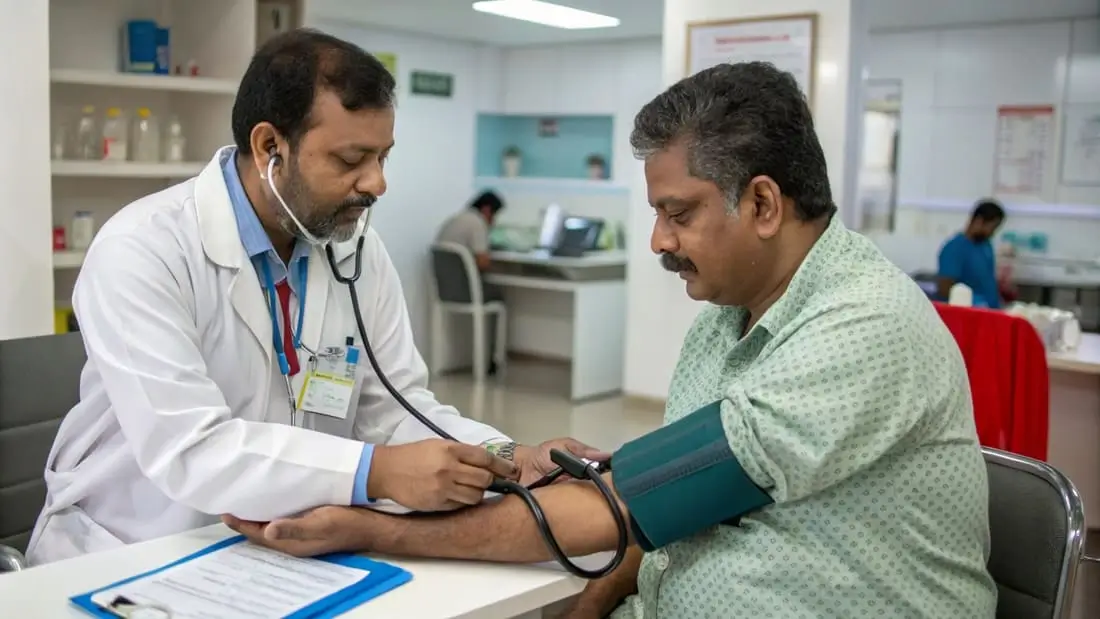- info@abiscans.com
- Coimbatore | Tiruppur | Pollachi | Palladam | Kochi
Mammogram and Breast Cancer Awareness

Introduction
Breast cancer remains one of the most significant health concerns for women globally. While the term itself can evoke fear and anxiety, advancements in medical science and a growing emphasis on awareness have created powerful tools for fighting this disease. Among these, the most crucial is early detection. This blog delves into the importance of breast cancer awareness, the pivotal role of mammogram screening, and how you can take proactive steps to safeguard your health.
Table of Contents
ToggleUnderstanding Breast Cancer: A Silent Threat
Before we explore the solutions, it’s essential to understand the challenge. Knowledge is the first step toward empowerment and demystifying the fear associated with a diagnosis.
What is Breast Cancer?
Breast cancer is a disease in which cells in the breast grow out of control. These cells can form a tumor that can often be seen on an X-ray or felt as a lump. While it predominantly affects women, men can also develop breast cancer. The uncontrolled growth can sometimes spread (metastasize) to other parts of the body, which is why early identification and treatment are so critical.
The Importance of Breast Cancer Awareness
Breast cancer awareness is about more than just knowing the disease exists. It’s about understanding the risks, recognizing the early signs, and knowing the steps to take for prevention and early detection. Awareness empowers individuals to be advocates for their own health. When people are informed, they are more likely to perform regular self-examinations, seek timely medical advice, and participate in regular screening programs, which can dramatically improve treatment outcomes./
What is a Mammogram? Your First Line of Defense
A mammogram is a specialized low-dose X-ray of the breast. It is the most effective screening tool used today for the early detection of breast cancer, capable of finding abnormalities years before they can be felt. This early window is when the cancer is most treatable.
Screening vs. Diagnostic Mammograms: What’s the Difference?
It’s important to distinguish between the two main types of mammograms:
Screening Mammogram: This is a routine procedure for women who have no apparent symptoms of breast cancer. The goal of a mammogram screening is to detect any potential issues at their earliest, most manageable stage. Typically, two images of each breast are taken.
Diagnostic Mammogram: This type of mammogram is performed when a screening has revealed a potential abnormality or when a person presents with symptoms like a lump, pain, or nipple discharge. It is a more detailed examination, involving additional X-ray images from different angles to get a clearer picture of the area of concern.
Who Should Get a Mammogram and When?
Understanding when to start screening can be confusing, but guidelines are available to help.
Age and Risk Factors: A Guideline for Screening
Most medical organizations recommend that women of average risk begin considering annual mammogram screening at age 40. For those with a higher risk—such as a strong family history of breast cancer, known genetic mutations like BRCA1 or BRCA2, or previous radiation therapy to the chest—screening may need to begin earlier. It is vital to have a conversation with your healthcare provider to assess your personal risk profile and create a suitable screening schedule.
Recognizing the Signs: When to See a Doctor
While regular screenings are key, it’s equally important to be aware of your body. If you notice any of the following changes, you should consult your doctor promptly, regardless of your age or when your last mammogram was:
- A new lump or mass in the breast or underarm.
- Swelling, warmth, redness, or darkening of the breast.
- A change in the size or shape of the breast.
- Dimpling or puckering of the skin.
- An itchy, scaly sore or rash on the nipple.
- Nipple retraction (pulling in of the nipple).
- Sudden nipple discharge.
- Persistent pain in one area.
Preparing for Your Mammogram: A Step-by-Step Guide
Knowing how to prepare can make your mammogram experience smoother and the results more accurate.
Tips for a Comfortable and Accurate Screening
- Schedule Smart: Try to book your appointment for the week following your menstrual period, as your breasts are likely to be less tender.
- Dress Comfortably: Wear a two-piece outfit (like a top and pants) so you only have to undress from the waist up.
- Skip the Deodorant: On the day of your mammogram, avoid using deodorants, antiperspirants, powders, or lotions on your chest and underarm area. These products can contain metallic particles that may appear as white spots on the X-ray, leading to confusion.
- Share Your History: Inform the technologist of any breast problems or concerns you have. Be prepared to discuss your medical history, any prior surgeries, and family history of breast cancer.
- Bring Prior Images: If you have had mammograms at a different facility, bring your previous results with you. This allows the radiologist to compare and look for changes over time.
The Mammogram Procedure: What to Expect
For many, the fear of the unknown is the worst part. The procedure itself is quick, typically lasting about 20 minutes. A technologist will position your breast on a special platform. A clear plastic plate will then be pressed down to compress the breast for a few seconds while the X-ray is taken. While this compression can be uncomfortable, it is essential for spreading out the tissue and getting a clear, high-quality image.
Beyond the Screening: The Role of Self-Exams and Healthy Lifestyle Choices
A mammogram is a snapshot in time; breast health is a year-round commitment.
Monthly Breast Self-Exams: A Key Habit
Performing a breast self-exam each month helps you become familiar with the normal look and feel of your breasts. This familiarity makes it easier to spot any changes early on. It’s a vital habit that complements, but does not replace, regular clinical exams and mammograms.
Lifestyle’s Impact on Breast Health
While some risk factors cannot be changed, certain lifestyle choices can help lower your risk of developing breast cancer. These include maintaining a healthy weight, staying physically active, limiting alcohol consumption, avoiding smoking, and eating a balanced diet rich in fruits and vegetables.
Conclusion
In the fight against breast cancer, proactive and informed action is your greatest weapon. Understanding the disease, committing to regular mammogram screening, being vigilant about self-exams, and making healthy lifestyle choices are powerful steps you can take. Don’t let fear or misinformation prevent you from accessing a procedure that could save your life. Talk to your doctor, schedule your mammogram, and take confident control of your health journey.
Recent Posts
Keep Your Haemoglobin Levels in Check
Exploring the Types of Blood Sugar Tests for Diabetes
November 3, 2025
H3N2 Virus (Influenza A): Symptoms, Diagnosis, Treatment and Spread
October 8, 2025
Have Any Questions?
There is no Better Time than Now, Feel Free to contact us Today.
Categories
Exploring the Types of Blood Sugar Tests for Diabetes
Exploring the Types of Blood Sugar Tests for Diabetes Summary:Blood sugar testing is
H3N2 Virus (Influenza A): Symptoms, Diagnosis, Treatment and Spread
H3N2 Virus (Influenza A): Symptoms, Diagnosis, Treatment and Spread SummaryThe H3N2 virus, a
Importance of Regular Health Check-Ups for Healthy Life
Importance of Regular Health Check-Ups for Healthy Life SummaryRegular health checkups are vital




